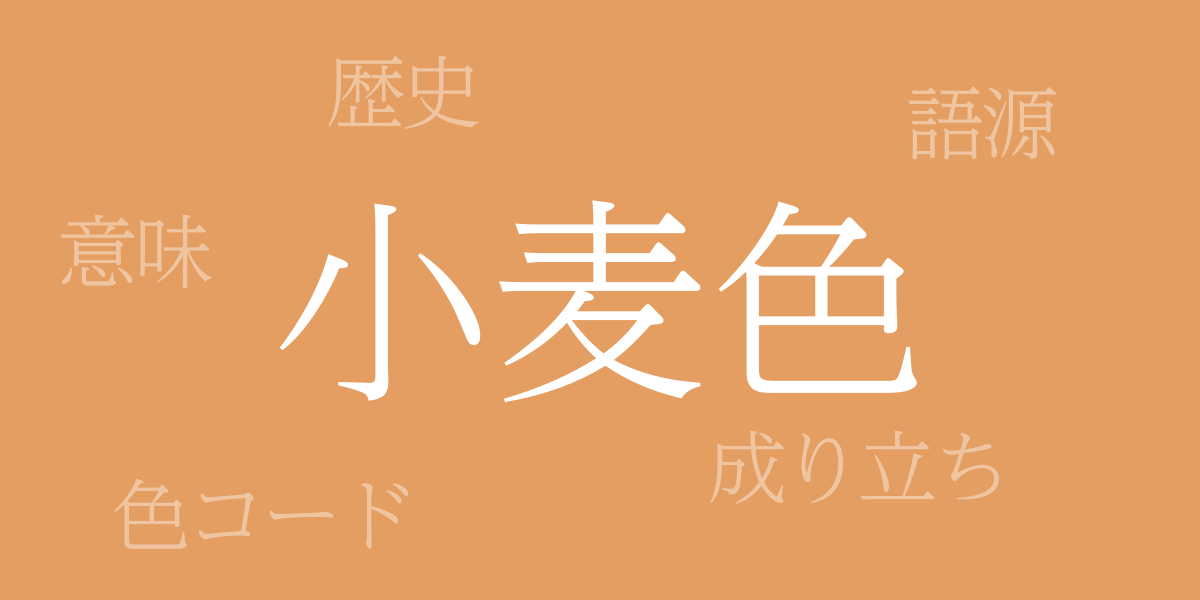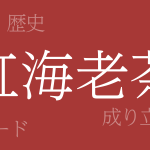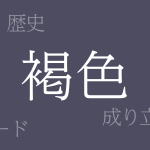Japan’s rich palette of traditional colors, inspired by its natural beauty and culture, vividly reflects the Japanese sense of aesthetics and sentiment. Among these, ‘Wheat Color’ (小麦色 – こむぎいろ) is particularly notable for its warmth, reminiscent of the country’s changing seasons. It has long been used in clothing and crafts. This article explores the allure of Wheat Color, delving into its history, significance, and modern applications.
About Wheat Color (小麦色 – こむぎいろ)
Wheat Color, true to its name, is a yellow-brown reminiscent of ripe wheat. This tranquil hue evokes nature’s bounty and imparts a calm, soothing impression. As a traditional Japanese color, it has been applied to a variety of materials including kimonos, washi (traditional Japanese paper), and ceramics, perfectly suiting the Japanese aesthetic. It is also favored in interiors and fashion for its natural warmth.
The History of Wheat Color
Wheat Color has ancient origins in Japan, dating back to the Heian period. Rooted in natural colors, this hue directly reflects the color of wheat, an essential crop. The Heian nobility cherished nature, often incorporating natural colors into their clothing and architecture, making Wheat Color a staple. By the Edo period, it had spread among the common folk, becoming a popular choice for kimonos and other everyday items.
Color Code of Wheat Color
In digital design and web production, accurate color codes are essential to replicate Wheat Color. Listed below are the color specifications:
- HEX: #E49E61
- RGB: R:228 G:158 B:97
- CMYK: C:13 M:47 Y:64 K:0
Western Name for Wheat Color
In English, Wheat Color is aptly named ‘Wheat.’ This name reflects the natural hue associated with wheat fields, widely recognized in the West as well. It is used internationally in specifying colors for fashion and interior design.
Summary on Wheat Color
Wheat Color, with its rich history as a traditional Japanese color, evokes the mature hues of wheat stalks. While calming, it also brings warmth to its surroundings, making it beloved in apparel, interior design, and artwork. Knowing its digital color codes allows designers to effectively harness this color’s appeal. As a cherished part of Japan’s color heritage, Wheat Color continues to enrich contemporary life and design.

























